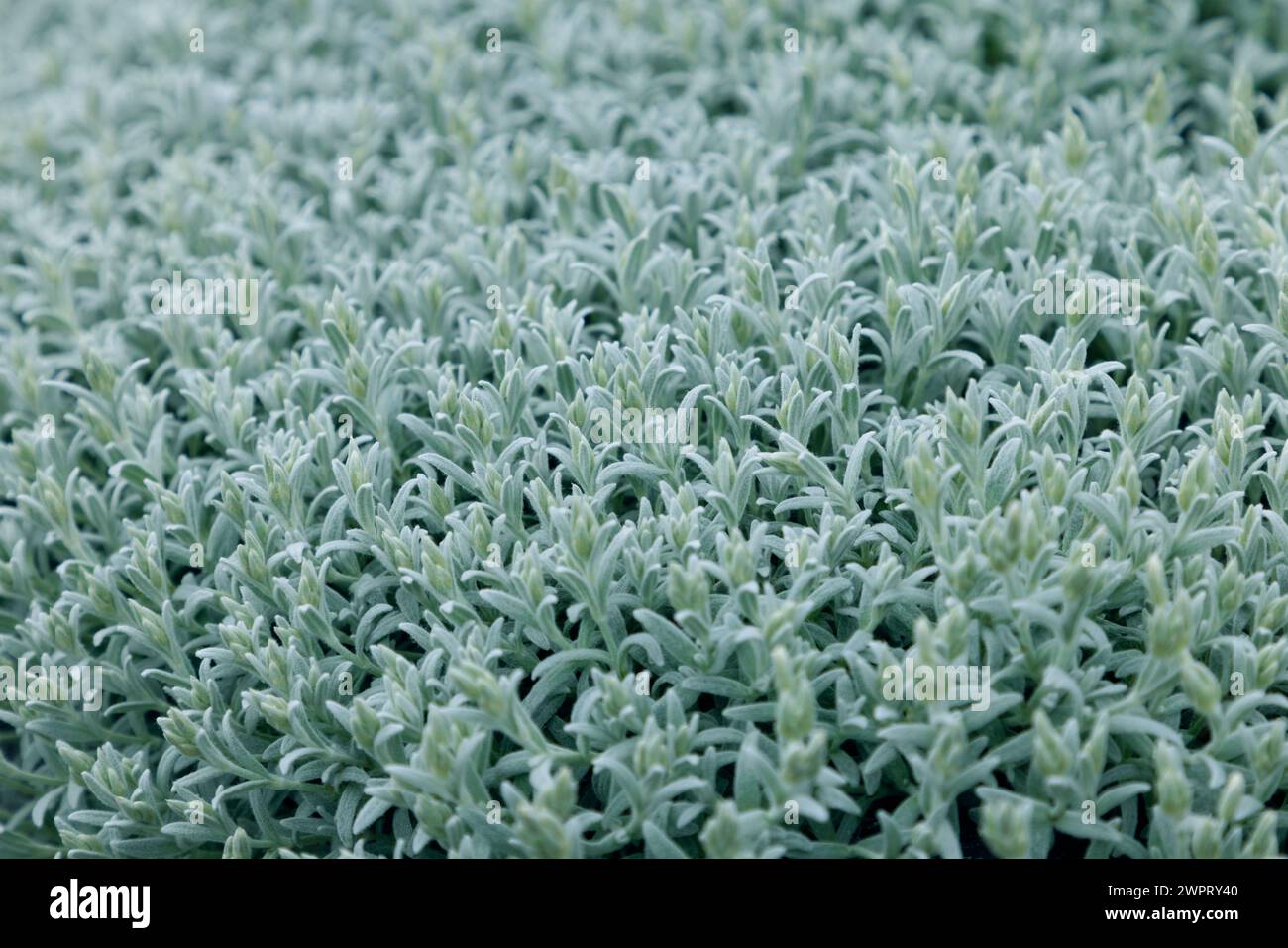The Whispering Language of Fuzzy Textures: Capturing Botanical Softness in photography
Photography, at its core, is a dialogue between light and form. While sharp, defined lines often command attention, it’s the subtle, ethereal quality of fuzzy textures that truly whispers to the soul. In the realm of botanical photography, this softness becomes a powerful tool, transforming ordinary plants into subjects of captivating beauty and emotional resonance. This exploration delves into the art of capturing fuzzy textures in plant photography, revealing the techniques, creative approaches, and artistic considerations that bring these delicate details to life.
Understanding Fuzzy Textures in Plants
Fuzzy textures in plants arise from a variety of factors:

Trichomes: These tiny hair-like structures, present on leaves, stems, and flowers, serve various purposes, including protection against herbivores, temperature regulation, and water retention. They create a visible fuzziness, especially when illuminated at specific angles.
These textures evoke a sense of fragility, tenderness, and natural beauty. They invite the viewer to reach out and touch, to experience the tactile quality of the plant through the visual medium of photography.
Techniques for Capturing Fuzzy Textures
Successfully capturing fuzzy textures requires a combination of technical skill and artistic vision.
Lighting: The Key to Revealing Softness

Diffuse Light: Soft, diffused light, such as that found on a cloudy day or in the shade, is ideal for showcasing fuzzy textures. Harsh, direct sunlight tends to create strong shadows, which can obscure the delicate details.
Focus and Depth of Field
Sharp Focus: Achieving sharp focus on the fuzzy texture is crucial. Use a tripod and remote shutter release to minimize camera shake.
Composition and Perspective
Close-Ups and Macro Photography: These techniques allow you to capture the intricate details of fuzzy textures, revealing their beauty and complexity.
Post-Processing Techniques
Sharpening: Apply subtle sharpening to enhance the details of the fuzzy texture, but avoid over-sharpening, which can create harsh edges.
Creative Approaches to Fuzzy Textures
Beyond the technical aspects, capturing fuzzy textures in plant photography is an exercise in creative expression.
Emphasizing the Ethereal Quality
Use soft, pastel colors and muted tones to create a dreamy, ethereal atmosphere.
Highlighting the Tactile Nature
Focus on the texture’s three-dimensional quality by using lighting and angles that emphasize its depth and dimension.
Creating Abstract Compositions
Focus on small sections of the plant, abstracting the texture and creating a sense of mystery.
Telling a Story
Use fuzzy textures to convey a sense of fragility, vulnerability, or resilience.
Artistic Considerations
Capturing fuzzy textures is more than just a technical exercise; it’s an opportunity to express your artistic vision.
Developing Your Style
Experiment with different techniques and approaches to find your unique style.
Connecting with Nature
Spend time observing plants in their natural environment, paying attention to the subtle details of their textures.
Evoking Emotion
Use fuzzy textures to create a sense of tranquility, peace, or wonder.
In conclusion, the art of capturing fuzzy textures in plant photography is a journey of discovery, a celebration of the subtle beauty that surrounds us. By mastering the technical aspects and embracing creative exploration, photographers can unlock the whispering language of botanical softness, transforming ordinary plants into captivating works of art. The gentle, tactile allure of these textures offers a unique avenue for artistic expression, allowing us to connect with nature on a deeper, more intimate level.
